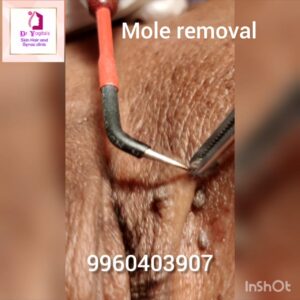Skin
Skin

Skin is one of the largest organs of the body. Because of this, caring for your skin can directly affect your overall health. Your skin acts as a protective shield and is most vulnerable to outside elements. It’s affected by more factors than you may think. For instance, the following can play a role in your overall skin health:
- exposure to UV radiation in tanning beds
- exposure to chemical toxins in tobacco
- unprotected sun exposure for long periods of time
- not getting enough rest, fluids, or nutrition
- aging

Melasma(वांग) Treatment
Melasma is a skin condition that causes patches and spots, usually on the face, which are darker than your natural skin tone. While common, melasma can be mistaken for another skin condition.Women who have medium to dark skin tones are most likely to develop melasma. When melasma appears, it can cause tan, brown, grayish brown, or bluish gray patches and freckle-like spots. These usually appear on certain areas of face like the cheeks, forehead, chin, and even above the upper lip. While less common, melasma can develop on the arms, neck, or elsewhere.
Acne Or Pimple(पुरळ किंवा मुरुम)
Acne is a skin condition that occurs when your hair follicles become plugged with oil and dead skin cells. It causes whiteheads, blackheads or pimples. Acne is most common among teenagers, though it affects people of all ages.
Effective acne treatments are available, but acne can be persistent. The pimples and bumps heal slowly, and when one begins to go away, others seem to crop up.
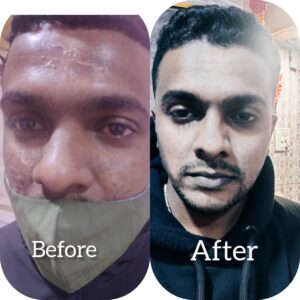

Urticaria(पित्त उसळणे)
Hives (urticaria) are red, itchy welts that result from a skin reaction. The welts vary in size and appear and fade repeatedly as the reaction runs its course.
The condition is considered chronic hives if the welts appear for more than six weeks and recur frequently over months or years. Often, the cause of chronic hives is not clear.
Herpes zoster(नागीण)
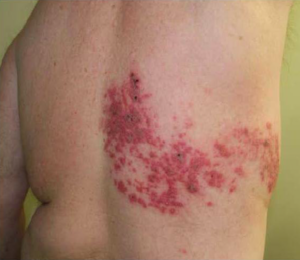
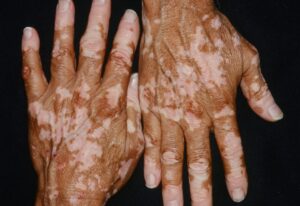
Vitiligo(पांढरे डाग)
Vitiligo (vit-ih-LIE-go) is a disease that causes loss of skin color in patches. The discolored areas usually get bigger with time. The condition can affect the skin on any part of the body. It can also affect hair and the inside of the mouth. Normally, the color of hair and skin is determined by melanin. Vitiligo occurs when cells that produce melanin die or stop functioning. Vitiligo affects people of all skin types, but it may be more noticeable in people with darker skin.
Eczema(खाज)

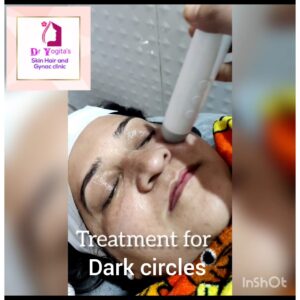
Dark Circles
- are elderly
- have a genetic predisposition to this condition (periorbital hyperpigmentation Trusted Source)
- are from non-white ethnic groups (darker skin tones are more prone to hyperpigmentation around the eye area)
Fungal infections(नायटा)
- Irritation
- Scaly skin
- Redness
- Itching
- Swelling
- Blisters


scabies(खरुज)
Mole Removal
Mole removal takes only a short time and is usually done on an outpatient basis. Your doctor numbs the area around the mole and cuts it out, along with a margin of healthy skin if necessary. The procedure may leave a permanent scar. People with Black skin are at increased risk of other surgical side effects, such as pigmentary changes at the incision site and keloid scars.
